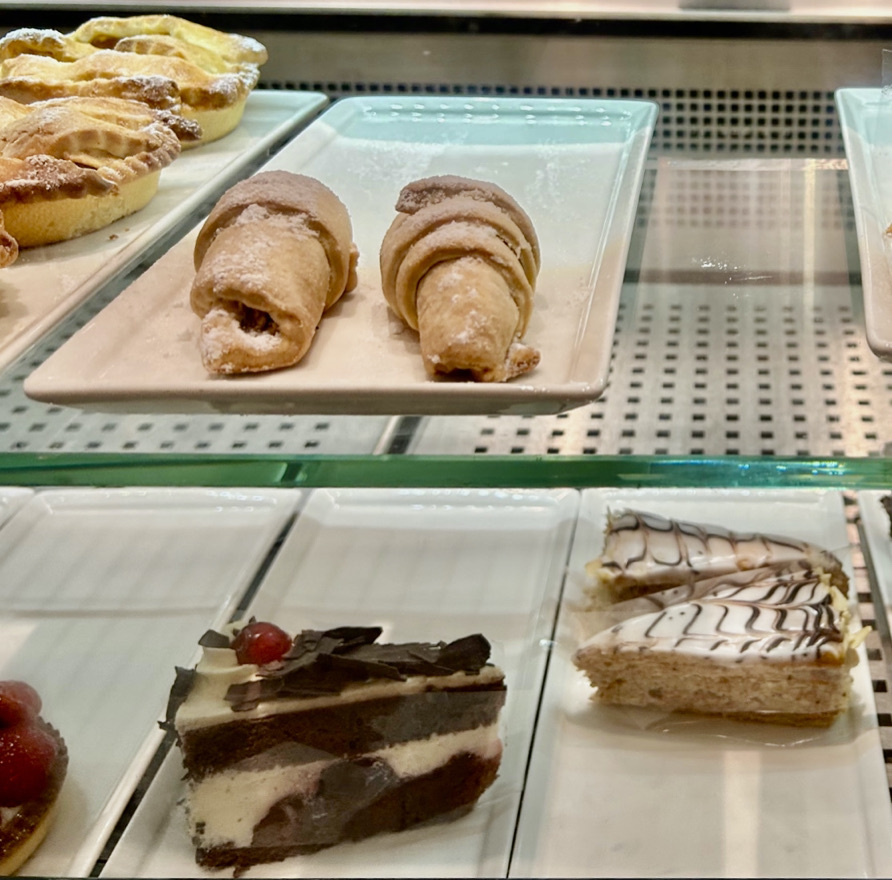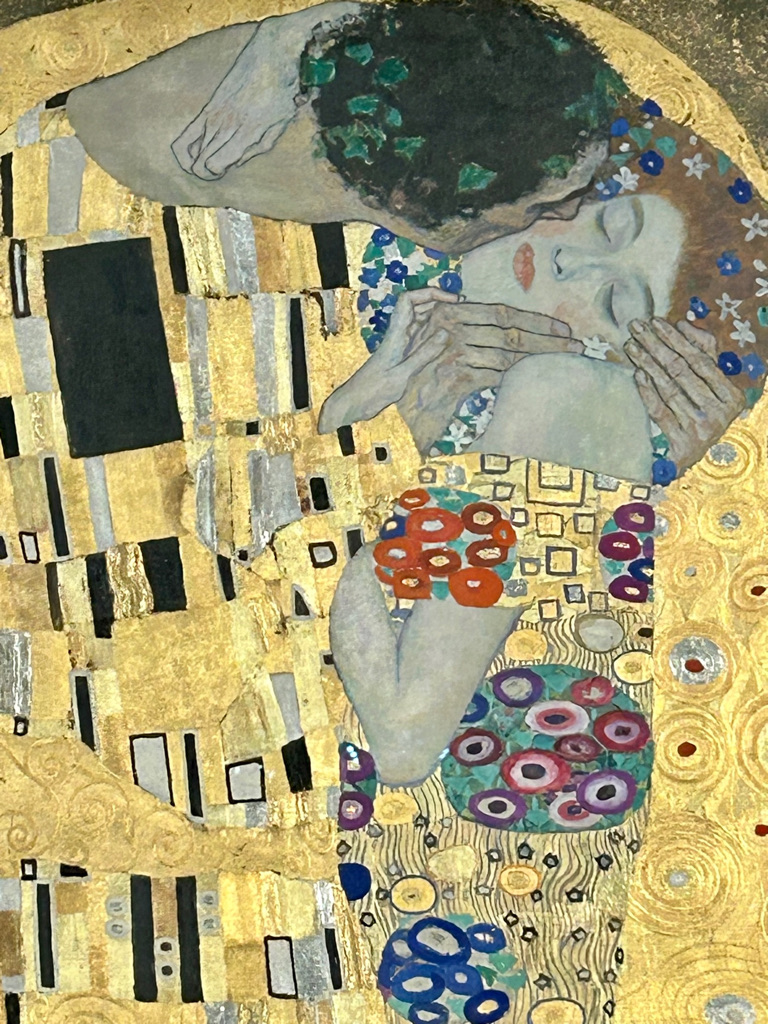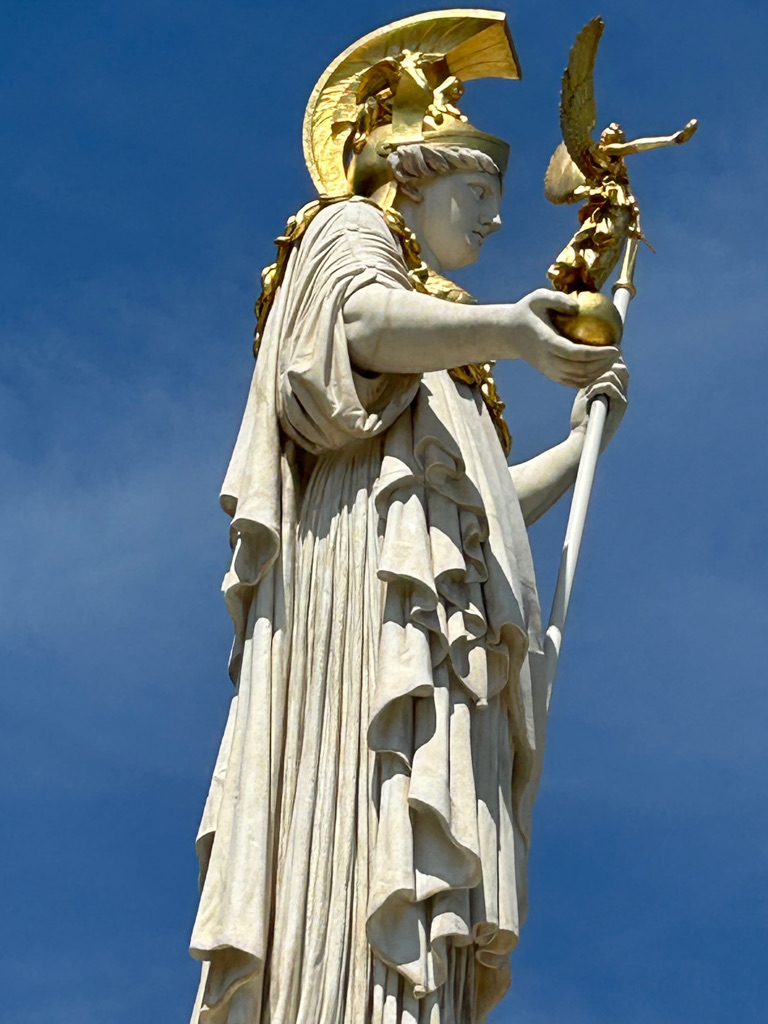After our second detour to Munich, we headed back to Vienna, Austria for the last leg of our Discovering Desserts Europe summer trip. By this time, Emma was a gelato aficionado and map-reading expert, although she was also completely burnt out on cathedrals. No worries, as it turned out Vienna was loaded with a myriad of cafes and restaurants, all selling delectable sweet things.
We hopped on the tram from the hotel heading towards the old inner city centre. A quick bit of background on Vienna. Franz Joseph, Emperor of Austria from 1848-1916 and married to the iconic Sisi (Empress Elisabeth), was considered the last “great” monarch of the Habsburg dynasty. One of the most important things he did was approve for Vienna to take down its city walls in the late 1800’s, enabling expansion and free trade. Before then, the city walls surrounded Vienna, dating back over 800 years. Remnants still exist, but the Ringstrassen, the wide tree-lined boulevards, have taken its place encircling the old city.
On the hunt for the three desserts still left on our list: Hungary’s rigo jancsi and kifli & Austria’s linzer torte, we asked for them at every cafe between the tram stop and the Albertina Museum. No luck with these particular desserts, but we constantly came across esterhazy torta, which eluded us for days in Hungary! After our visit to the museum, we spotted a gelato shop along the way back to the hotel, and since we had not had gelato for at least 24 hours, we needed to refill our reserve tank.
We wove our way past quite a few customers enjoying their treats and entered the Ferrari gelato shop, which advertised natural real gelato. The shop was pretty large by European standards, modern and offered a few desserts as well. We ordered a sundae – one scoop of vanilla and a scoop of white chocolate, topped with whipped cream and served in a lovely stainless goblet like the ones that hold church wine. Emma grabbed a table while I perused the desserts on display. Leaning in for a closer look, I pulled out my phone, and looked up our dessert list and descriptions. Was that the mysterious kifli?
I asked the shop attendant what the crescent-shaped dessert was called, and they didn’t know any other name than a generic crescent roll. After explaining my interest and showing them the Hungarian kifli photo and description, we all agreed that it was very likely the same dessert. Yes! (I had to do a mental happy dance, since Europeans are way too cool to do something like this publicly.) I quickly ordered one and took my prize back to the table.
I showed Emma my discovery and we both judged its appearance before each trying a piece of the kifli. It looked just like an American crescent roll. Okay, now for the taste test– chewy, bready texture, light flavor with a hint of a mysterious fruit preserve and… completely underwhelming. While it wasn’t anywhere near the cannoli level of disgusting, it was really, really bland. How in the world did it make the CNN list? Did the creator of the list have a secret chef whose kifli recipe put it on par with creme brulee? We weren’t sure how you could possibly elevate this pastry to that level.



Oh, well. Not to waste an opportunity for gelato-tasting, we rated their gelato as well. Thank you, Ferrari Gelato, for the assistance with our treasure hunt!
Discovering Desserts rating for kifli is 2.5 stars:
Discovering Desserts rating for Ferrari Gelato’s gelato is 4.4 stars:




